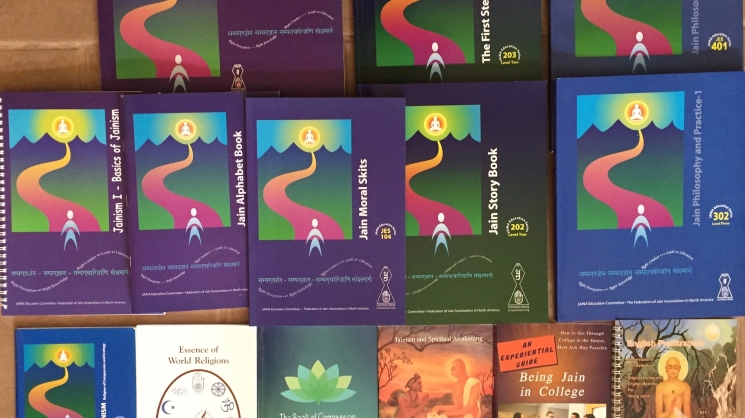Abstract
In this first of two articles, I offer a summary description of results from a 2017 nationwide survey of Jain students and teachers involved in pāṭha-śāla (hereafter “pathshala”) temple education in the United States. In these two essays, I provide a descriptive overview of the considerable data derived from this 178-question survey, noting trends and themes that emerge therein, in order to provide a broad orientation before narrowing my scope in subsequent analyses. In Part 1, I describe Jain pathshala, from its Indian roots to the U.S. context, where sect-identity and mendicant authority have considerably less influence than in the subcontinent. I explore three research questions in relation to U.S. pathshala: (1) What is the goal of pathshala?; (2) What is the role of texts (such as sūtras or scriptures) in pathshala?; and (3) What is/are the current sources of authority in pathshala?

This work is licensed under a Creative Commons Attribution-NonCommercial-NoDerivatives 4.0 International License.

